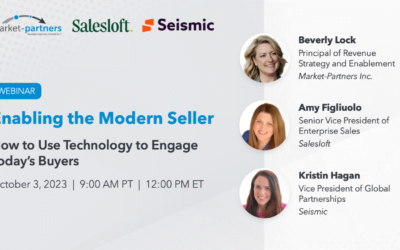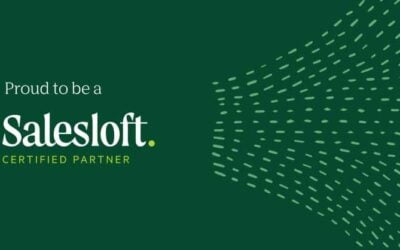Previously in Epicenter, we discussed connecting Seismic with Salesforce to surface content in a predictive fashion based on values associated with Salesforce objects (check it out if you missed it). Today, we want to look at how content strategists can leverage the connection between Seismic and their CRM in order to conduct meaningful content audits that tie marketing collateral to earned revenue.
In data-driven organizations – which is to say, successful organizations – there is a mandate to quantify all sales- and marketing-related activity. These efforts to stay “lean” mean regularly disabusing one’s department of activities that don’t create value. To that end, Seismic’s managed dashboards provide a view into content performance.
To access, navigate to the main menu using the hamburger icon at the top left of your Seismic tenant, then select “Insights” and drop down to “Analytics.” From there, you can select the Seismic Managed folder, and drop down under “1. Role-Based” to select a managed dashboard called “Content Performance.”
Out of the box, displaying the Content Performance dashboard will give the user a readout on several content-related KPIs, including:
Percentage of content that received activity from a user
Month-over-month growth in content activity
Total sends, engagement hours, and open rate of content by a recipient
Asset-by-asset breakdown of sends, views, viewing rate, and engagement hours
But what if we want to know how content performs not just in terms of engagement, but in terms of results? It’s great if people are viewing our materials, but are they buying our products or services? Enter the Seismic Business Data Enrichment app!
To begin pulling your CRM data into the Seismic model, someone with access to the CRM environment must first install and configure the necessary application. Once that person has been identified, they will navigate to Menu > Settings > System Settings and then scroll all the way to the bottom of the settings list and select “My Apps.” Then, they can tab over to “Browse Apps” and scroll to select the app called “Seismic Business Data Enrichment.”
After selecting the application, the user will be given an option to “Install,” and a pop-up will request permission to access Seismic. Select “Allow.” Next, a configuration step will allow the user to select the appropriate CRM (Salesforce, Salesforce Sandbox, or Microsoft Dynamics), and then log into the environment. After logging in, the user must grant the application access by again selecting “Allow” before the data source is created and prepared.
There are a number of common objects and fields automatically pulled in from the CRM. The recommendation for initial setup is to accept these defaults by selecting “Save and Sync.” Then select “OK.” These can be reconfigured at any time by accessing the application from My Apps.
It’s important to note that, once the setup is complete, the app will not be automatically enabled. If you wish to enable the app at the time of setup, toggle “Enable this app,” now. Once enabled, it will take 3-5 days before CRM data begins fortifying the existing model, after which the data will automatically refresh every 24 hours. (Note: you can always perform a manual synch from the application menu.)
Now that we’re pulling CRM data into our dashboards, what can we see?
For starters, if we now go back to the same Role-Based list of managed dashboards, then drop down under “Content Owner,” we see that many of the existing dashboards have now also been appended with an “Enhanced” version. Enhanced dashboards are pulling in CRM data.
As an example, if we select the “Content Performance Enhanced” dashboard, at first glance we see the same widgets from before, measuring the same KPIs bulleted above. However, a closer look at the “Content Attribution, Outreach, & Engagement Details” reveals an important addition: we now have an asset-by-asset breakdown not just of sends, views, viewing rate and engagement hours, but the table now includes metrics for:
The number of Active Opportunities to whom a specific asset has been sent
Content Win Rate (as defined by the number of Won Opportunities who viewed the asset, divided by the total number of Closed Opportunities)
Attribution to Content (a dollar figure associated with Won Opportunities)
And that’s just the beginning. Once the Business Data Enrichment app has been installed, content and revenue managers can use other Enhanced dashboards to view metrics like:
Percentage of content recipients who are captured in CRM
Team-based breakdowns of Won Opps, Win Rate, and Won Opps Attribution
CRM interaction by team
Breakdown of content engagement by Industry and Title of recipient
And others
Using this CRM plugin to fortify existing Seismic data allows managers not just to identify and claim well-deserved wins, but to continually improve content strategy by focusing on those industries, assets, teams, and tactics that really move the needle.




